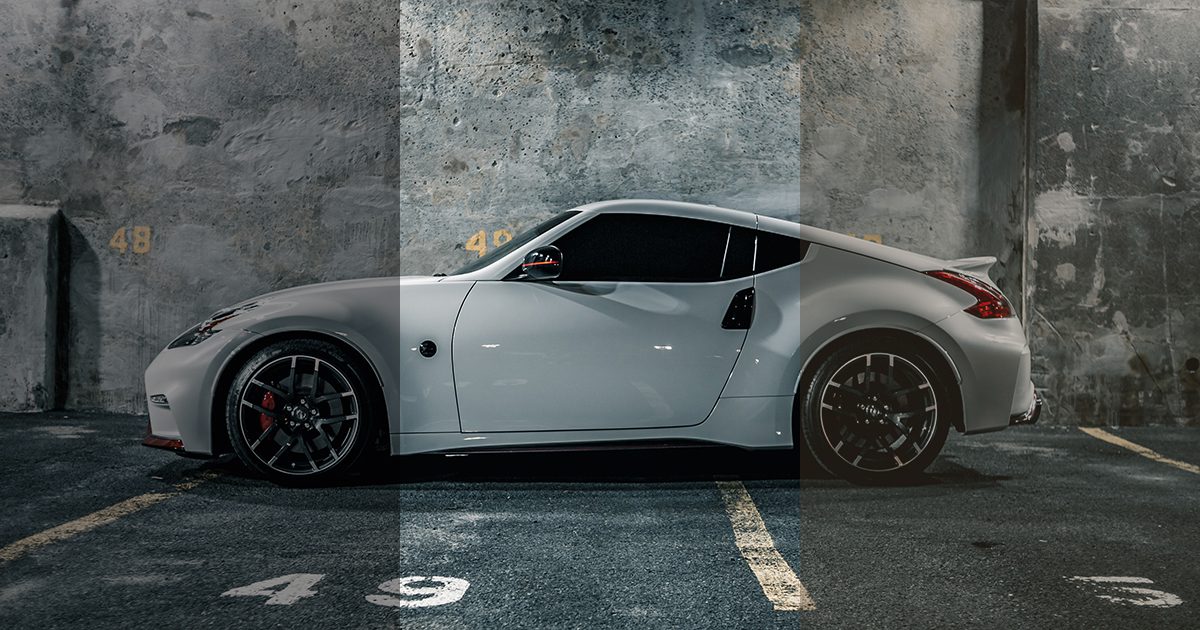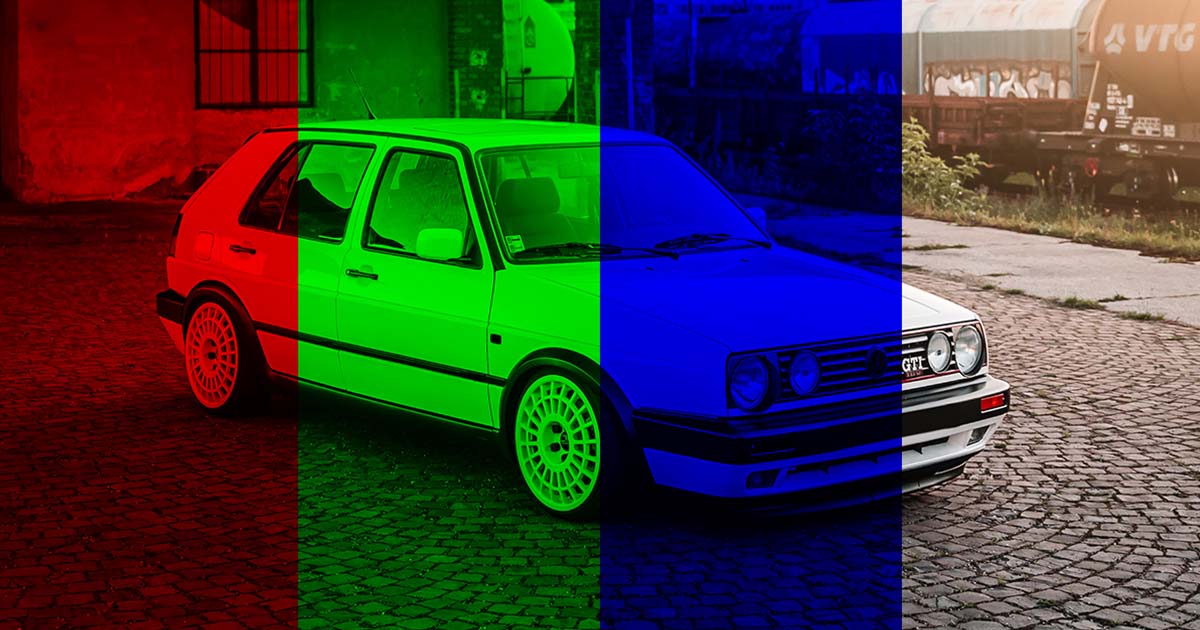
by Support Tech | Apr 27, 2025 | ARTICLES, RESOURCE LIBRARY, Window Tint
Picture this: You’ve just picked up a new car or truck from the dealer. They’ve washed it, given it a spritz with that lovely new car scent, put a big red bow on the hood or placed a basket of goodies in the trunk or cargo area. You’ve signed the papers, and you’re...

by Support Tech | Apr 13, 2025 | RESOURCE LIBRARY, ARTICLES, Window Tint
If you’re considering having the windows of your car, truck, SUV or van tinted, there’s definitely a variety of films available. We aren’t talking about different brands like 3M, Llumar, Suntek and Tint World. We’re also not referring to the different shades or light...

by Support Tech | Mar 30, 2025 | RESOURCE LIBRARY, ARTICLES, Backup Safety
Are you thinking of buying a new car or truck? Are you interested in a model with heated seats, a remote starter, blind-spot monitoring systems, backup sensors or a backup camera? In many cases, these upgrades are part of a premium option or technology package. Take a...

by Support Tech | Mar 24, 2025 | RESOURCE LIBRARY, ARTICLES, Car Audio, PRODUCTS
Picking a subwoofer system for your car or SUV should be easy, right? If you’re looking at products from Rockford Fosgate, the answer is yes. With three series of amplifiers, subwoofers and enclosures to choose from, they have a solution for every budget and...

by Support Tech | Mar 16, 2025 | RESOURCE LIBRARY, ARTICLES, Lighting, PRODUCTS
We took our first look at measuring light sources a while back as our first step toward understanding the differences in automotive headlight options. In this article, we’ll provide a practical demonstration of why it’s crucial for the lighting on your car, truck,...

by Support Tech | Mar 10, 2025 | RESOURCE LIBRARY, ARTICLES, Car Audio, PRODUCTS
Whether you enjoy background music while commuting to work or are serious about your car audio system offering studio-quality or concert-level performance, Rockford Fosgate has speakers, amplifiers, and subwoofer solutions for every application. The Prime series...







